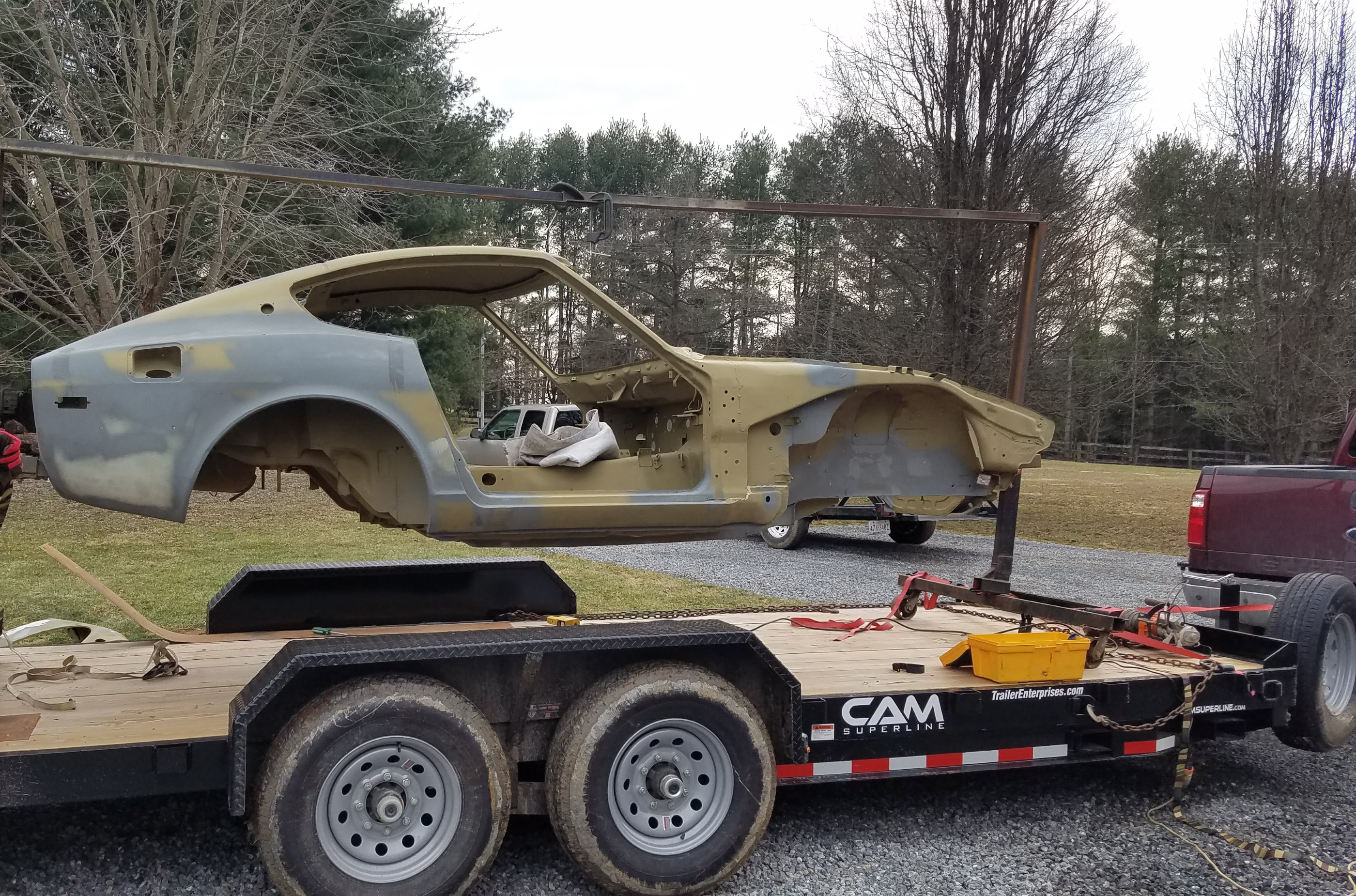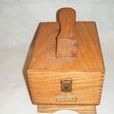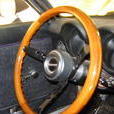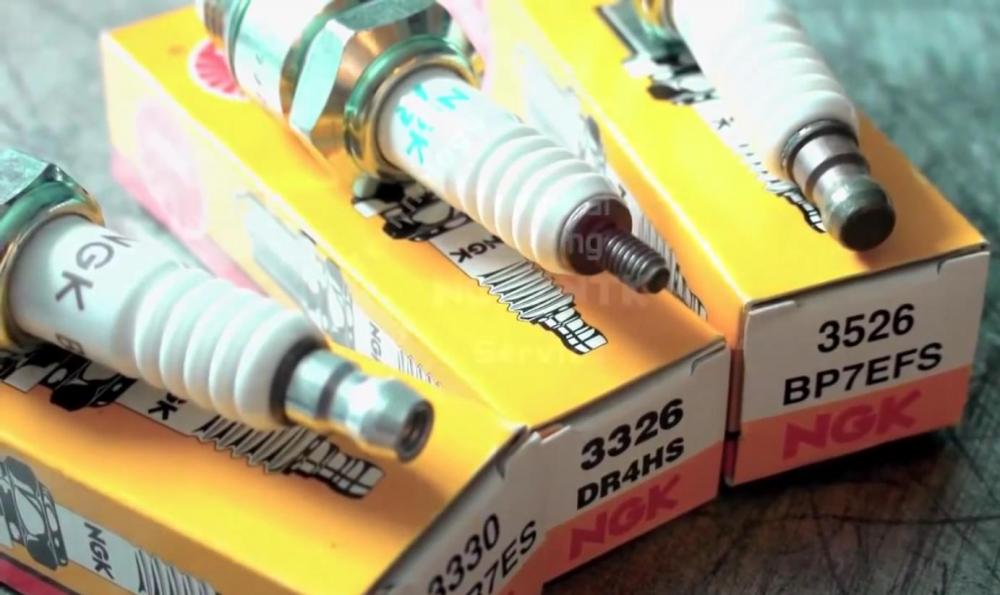No. A malfunctioning positive crankcase ventilation valve will not affect only one cylinder.
Dry black isn't oil, oil would be wet. Dry is usually carbon, left behind by the unburned fuel during the misfire. The pictures of the fouled plugs support this. A rich mixture, or a weak ignition spark is typically the cause.
Also, you don't need to pull the cylinder head to change the stem seals (although I don't think this is your problem). A tool to compress the valve spring is required. The tool I have was made for valve spring changes on the L series heads. It is a lever that has two books the go under the camshaft on either side of the cam lobe, and an open cup that fits over the spring retainer. You simply hook it under the cam, push down on the lever, and remove the keepers with a magnet on a stick.
Sorry, I can't seem to find a picture of one.
Also needed is a means to keep the valve from dropping into the cylinder. I made a tool for this using an old spark plug. I broke the porcelain out of it, cleaned the bore, and welded an air tool quick connect nipple to it. You also need a compressor that will supply enough air flow to keep up with the air leakage past the piston rings.
You can buy an adapter that does this, but I'm a cheapskate, so I made the tool I described.
One last note.
I noticed there isn't any antisieze on the spark plug threads. It is very important to use antisieze on the threads, and torque the plugs (I set them at 13 ft lbs). If you don't, then the threads in the cylinder head will call, then pull out. Then you will be repairing the threads in the head.
This is what I use. It doesn't take much, just a thin coat, on all of the thread on the spark plug. Be tidy with it, get it on your fingers and it will suddenly be everywhere, something you don't want. I bought a can (it used to come in a steel can) over 40 years ago, and still have over half of it left, and I have changed thousands of spark plugs.


 Subscriber
Subscriber 4Points383Posts
4Points383Posts
























